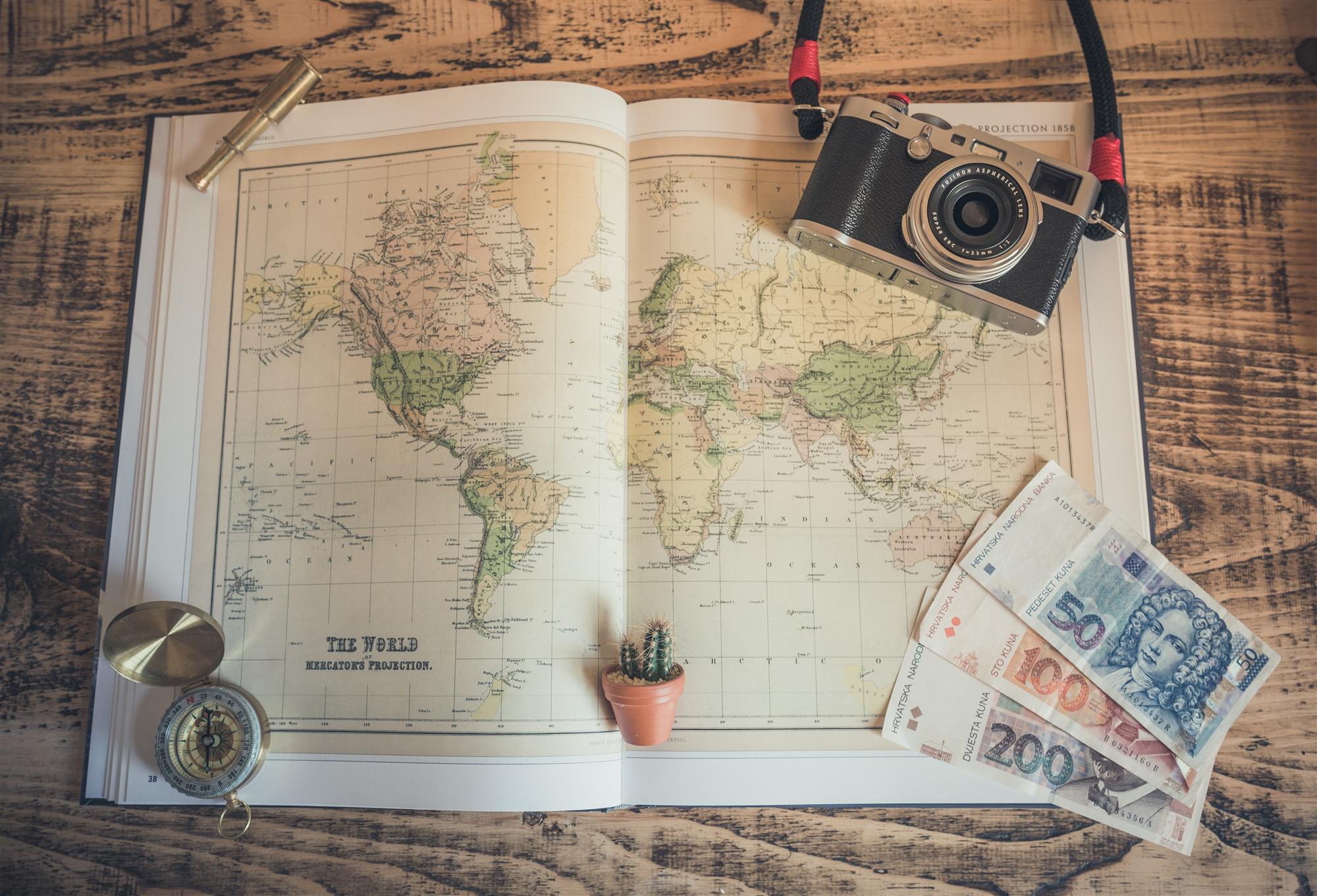By Mandeep S. Lamba, Dipti Mohan
Inflation is soaring in many countries due to a combination of factors such as rising fuel prices, ongoing supply disruptions, strong demand, and the Russia-Ukraine war. While the central banks around the world are raising benchmark interest rates to try to control the situation, inflation is likely to remain high in the near term. For instance, the US recorded four-decade-high inflation in May 2022, prompting the Federal Reserve to raise interest rates by 75 basis points (bps), the largest rate increase since 1994. A similar pattern can be seen in the UK and several other countries. India, also, recently reported eight-year high inflation, resulting in rate hikes by the RBI.
Rising prices are affecting all industries, including travel and tourism. Reports indicate that the sharp 120% rise in aviation turbine fuel (ATF) prices since Jun 2021 has already resulted in a 50-75% increase in domestic airfares on popular Indian routes in the last year, and airfares are likely to get dearer in the coming days. Rising input costs have also impacted hotel operations. While occupancy is near pre-pandemic levels at most destinations, which is a positive sign for the industry, the rising cost of raw materials, high manpower costs, and now the increased borrowing costs due to rising interest rates are weighing on operations and GOP.

This is primarily because rising costs have yet to have a discernible impact on travel demand. As per the recent RateGain PULSE report, bookings in India have witnessed a 178% year-on-year growth in May 2022 even though travel costs are rising in the country. There is significant pent-up demand and a strong desire to travel after two years of little to no travel. People saved money during the pandemic and are now ready to indulge their travel desires and splurge more on vacations. People are eager to travel to new, far-off destinations, but with rising inflation and growing economic uncertainty, they will be more likely to balance it out with staycations and short weekend getaways at driveable destinations to manage their discretionary spending. Meanwhile, corporate travel has recently resumed and will continue to pick up steadily as virtual events return to physical mode and companies seek to regain the growth momentum lost during the pandemic. Finally, the weakening of the Indian Rupee against the US Dollar may help boost inbound tourism, as a weaker rupee makes holidays in India cheaper for foreign tourists, making the country a more attractive destination for foreign travelers, especially those from developed economies.

